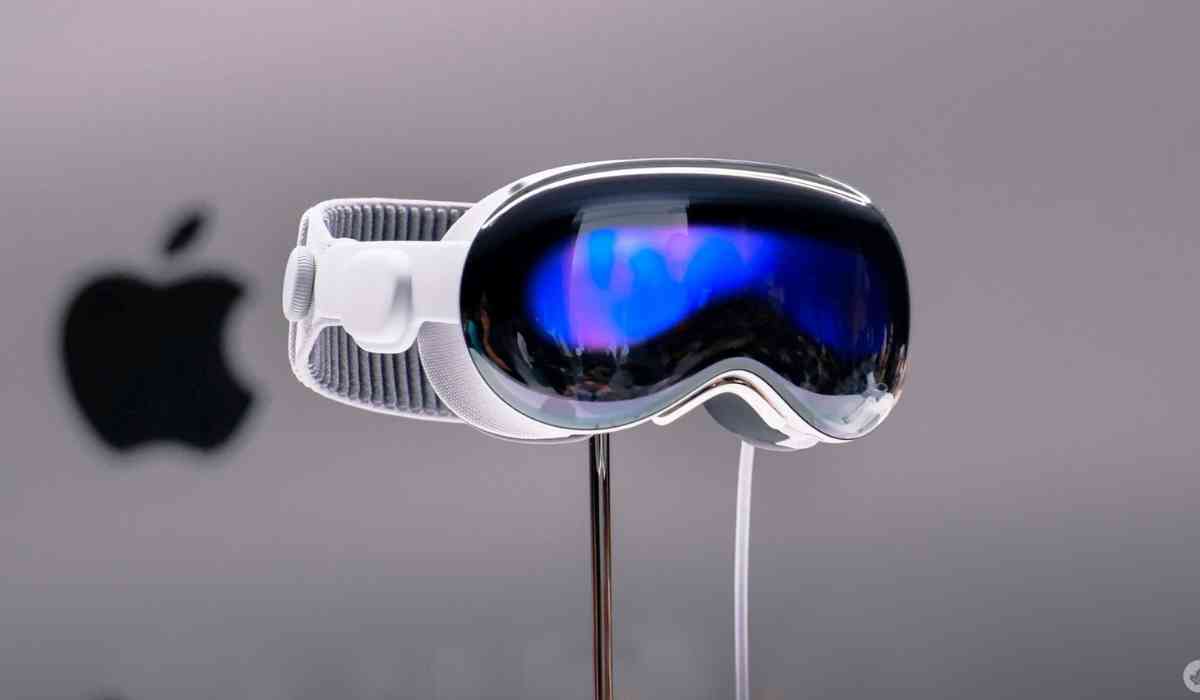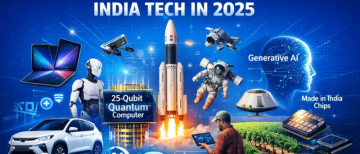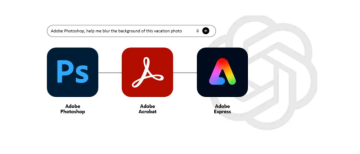Apple's entry into Spatial Computing with the Apple Vision Pro, launched at WWDC 2023 and released in February 2024, has received mixed reactions. The headset is praised for its design and potential in fields like medical care but faces challenges with significant sales due to its $3,500 price tag.
Apple is not resting on this initial release; it is known for continuously advancing its product lines. The company is working on integrating advanced AI features into the Vision Pro headset and improving in-store demos to enhance user experience and broaden market appeal. These AI features will be part of visionOS, though they won't be available this year.
Despite its solid design and some success in the market, the high cost has limited its sales. As is typical with Apple products, anticipation has already shifted to the next iteration of the Vision Pro.
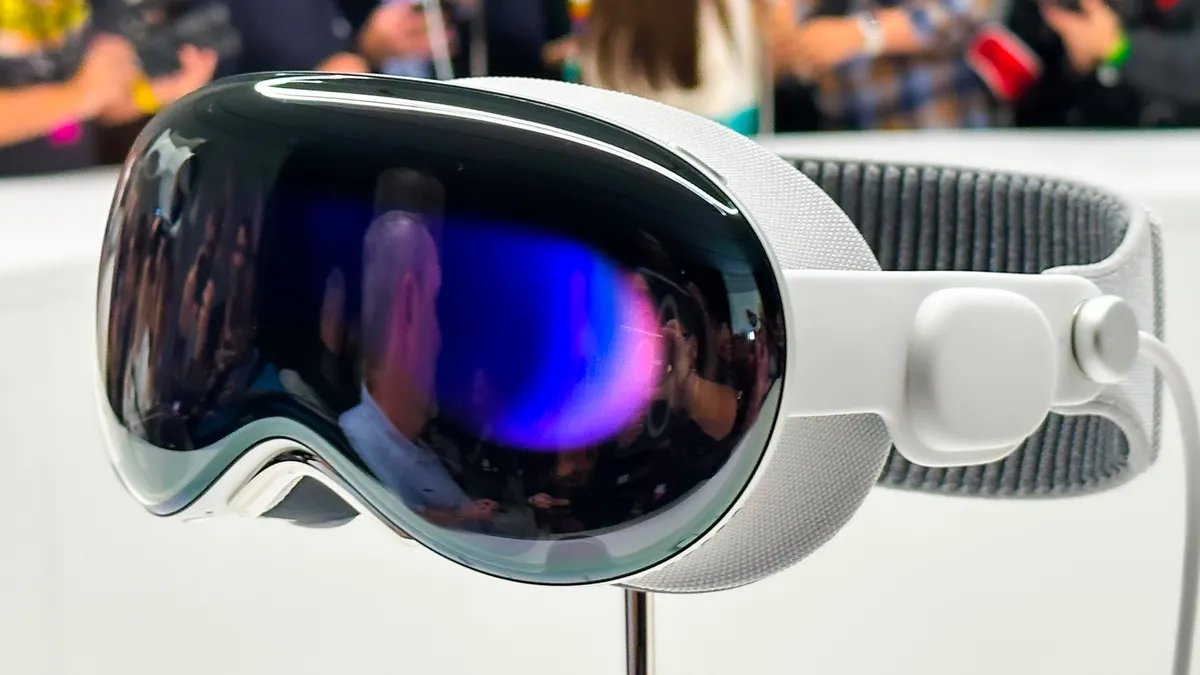
Several new designs
Apple is renowned for its strategy of concurrently developing multiple generations of devices, leveraging substantial financial resources. Reports from the outset of headset rumors indicated Apple's exploration of various headset designs.
-
Expansion of Apple's Headset Line:
-
By late 2022, plans emerged suggesting Apple's intent to introduce two additional headsets alongside the highly anticipated Apple Glass smart glasses.
-
Codenamed "N602," the upcoming second generation of Apple Vision Pro is set to debut with two distinct variants.
-
-
Variants of Apple Vision Pro:
-
The first variant aims to enhance the original Apple Vision Pro, targeting premium consumers with advanced features.
-
The second variant is designed to offer a more budget-friendly option, potentially adjusting specifications to reduce costs.
-
These developments highlight Apple's strategy to serve both high-end users seeking cutting-edge technology and a broader consumer base interested in affordable yet innovative products.
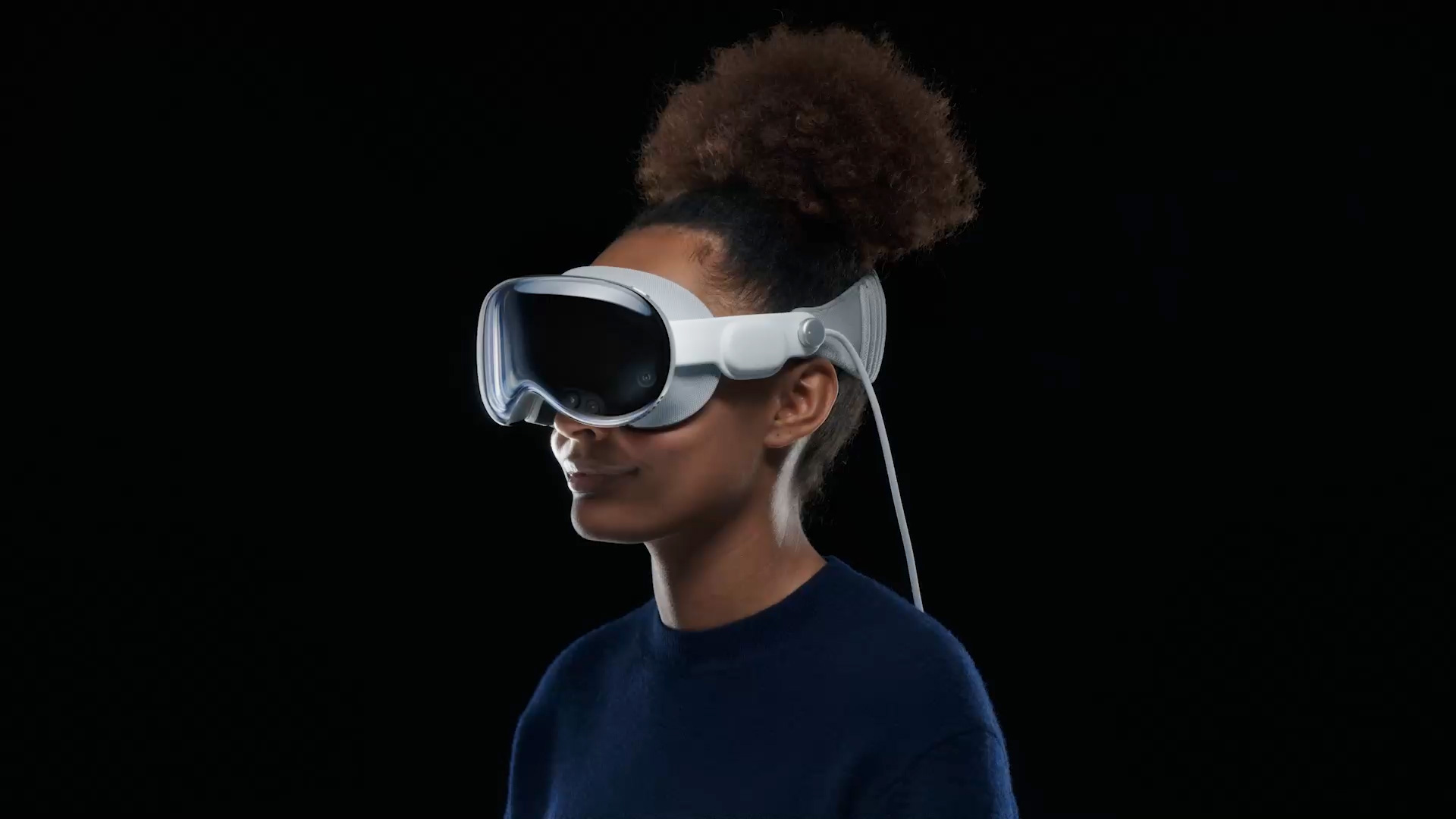
Half the Apple Vision Pro cost
In November 2023, reports indicated potential cost reductions for Apple's upcoming consumer-grade version of the Apple Vision Pro.
Apple aims to halve the current Bill of Materials (BoM) for the new headset.
Analysts predict the consumer price might range from $1,500 to $2,500, lower than previous estimates.
Lower production costs are expected to make the headset more affordable and accessible.
-
Strategies for Cost Reduction:
-
Reduction in the number of cameras.
-
Transition to a single-chip design.
-
Potential use of lower-resolution displays to achieve cost savings.
-
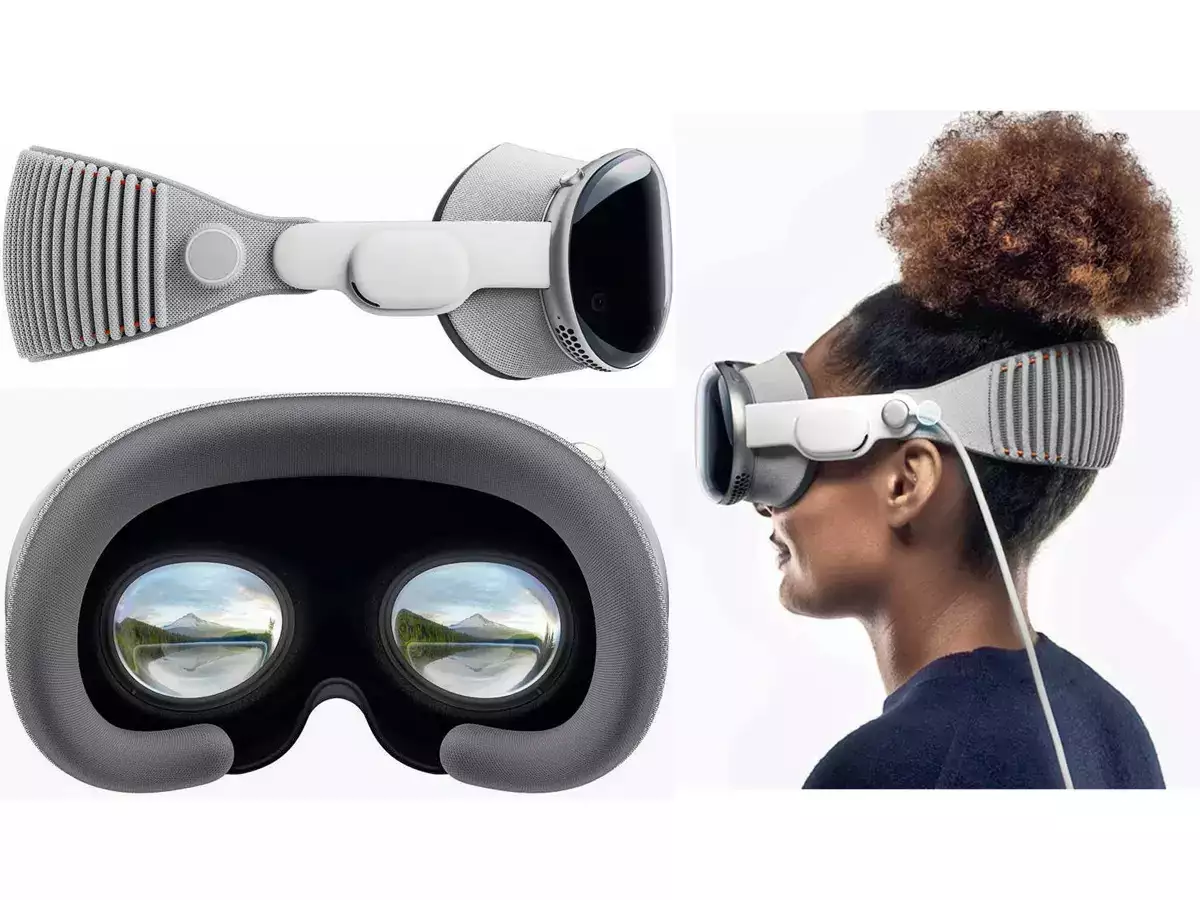
Some downgrades in specifications
-
Reducing Camera and Sensor Costs:
-
Decrease the number of external cameras in the sensor array compared to the Apple Vision Pro.
-
Remove the 3D camera from the device.
-
-
Chip Adjustments: Replace the dual Apple Silicon chips with a single Apple Silicon or A-series chip similar to those used in iPhones.
-
Display Modifications: Switch to slightly lower-resolution displays instead of twin 4K microLED displays.
-
Design Simplifications:
-
Simplify the headband design.
-
Consider removing the automatic interpupillary distance adjustments.
-
-
Audio Integration: Integrate AirPods for spatial audio, removing the need for built-in audio components.
-
External EyeSight Display: Initially planned to be retained, but by October 2023, the possibility of removing the external EyeSight display entirely was considered to reduce costs.
-
Processing Power and Product Lineup:
-
Explore relying on host devices like iPhones or Macs for processing power.
-
Create a tiered product lineup featuring standalone premium models and more affordable, tethered versions to further cut costs and weight.
-
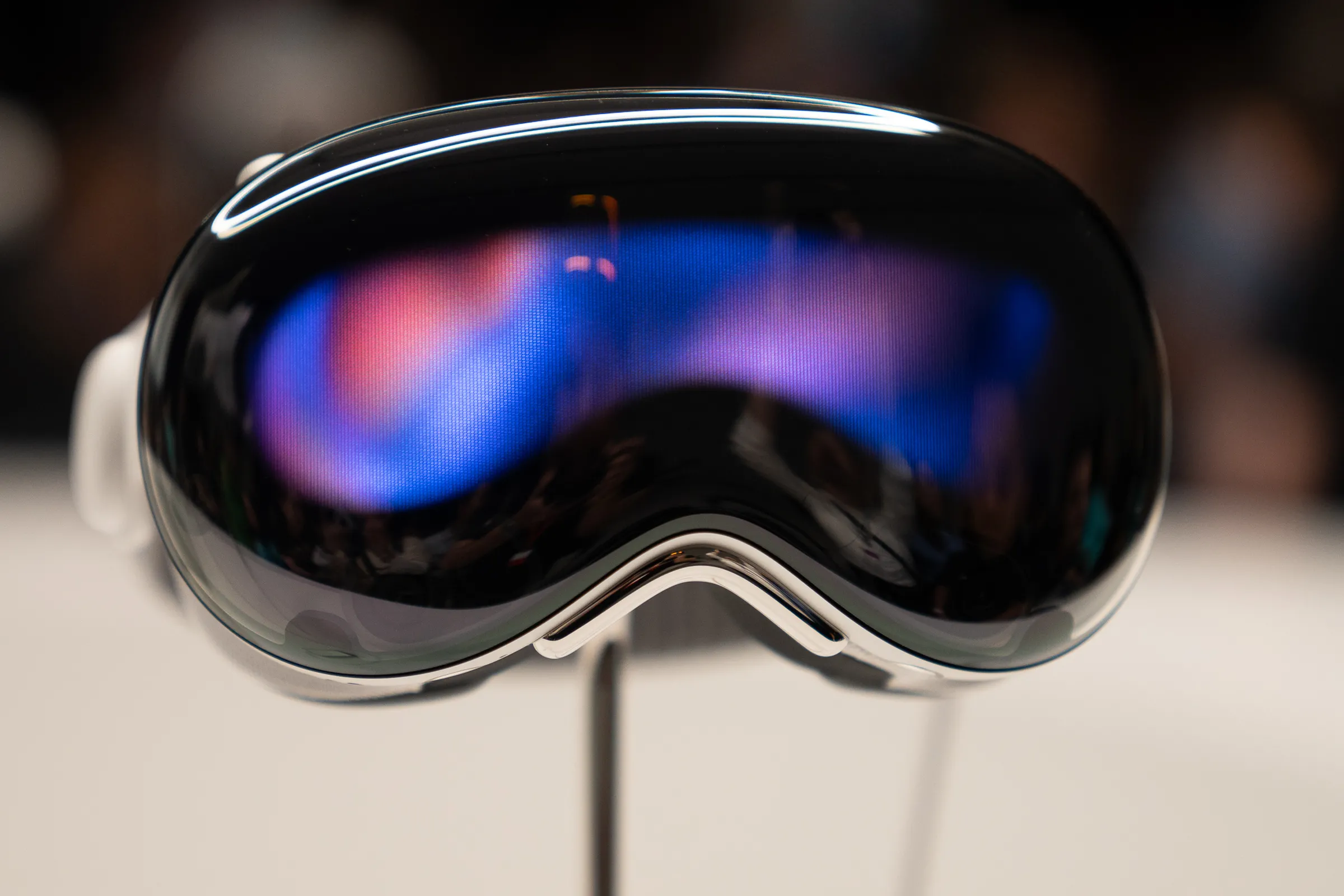
Apple Vision headsets weight
A significant concern with the Apple Vision Pro has been its weight, criticized for causing neck strain during extended use. Initial feedback noted it was "too heavy for some users."
Addressing these concerns, future models are expected to prioritize weight reduction. Apple has taken user feedback seriously, aiming to alleviate such issues in upcoming headsets, albeit with possible differences in performance and pricing.
Apple Vision may not be self-sufficient
The current Apple Vision Pro stands out for its standalone functionality, not requiring tethering to other devices for processing. However, upcoming iterations might deviate from this design.
Reports in June 2024 suggested the possibility of a tethered version, potentially connected to an iPhone or Mac, to streamline production costs and reduce weight. This shift could introduce a tiered system across the Apple Vision lineup.
Coming sooner than anticipated
Speculation indicates that the next Apple Vision Pro may debut earlier than expected. A February 2024 Bloomberg report suggested an 18-month development cycle, possibly leading to a launch in late summer 2025. However, specifics on timing were not disclosed.
By June 2024, reports revealed Apple's engagement with OLED-on-Silicon panel manufacturers for a new mixed-reality headset, potentially involving LG and Samsung alongside current supplier Sony. These panels are expected to be slightly larger but with reduced resolution, likely for a consumer-grade version, while development of the premium model has reportedly paused.
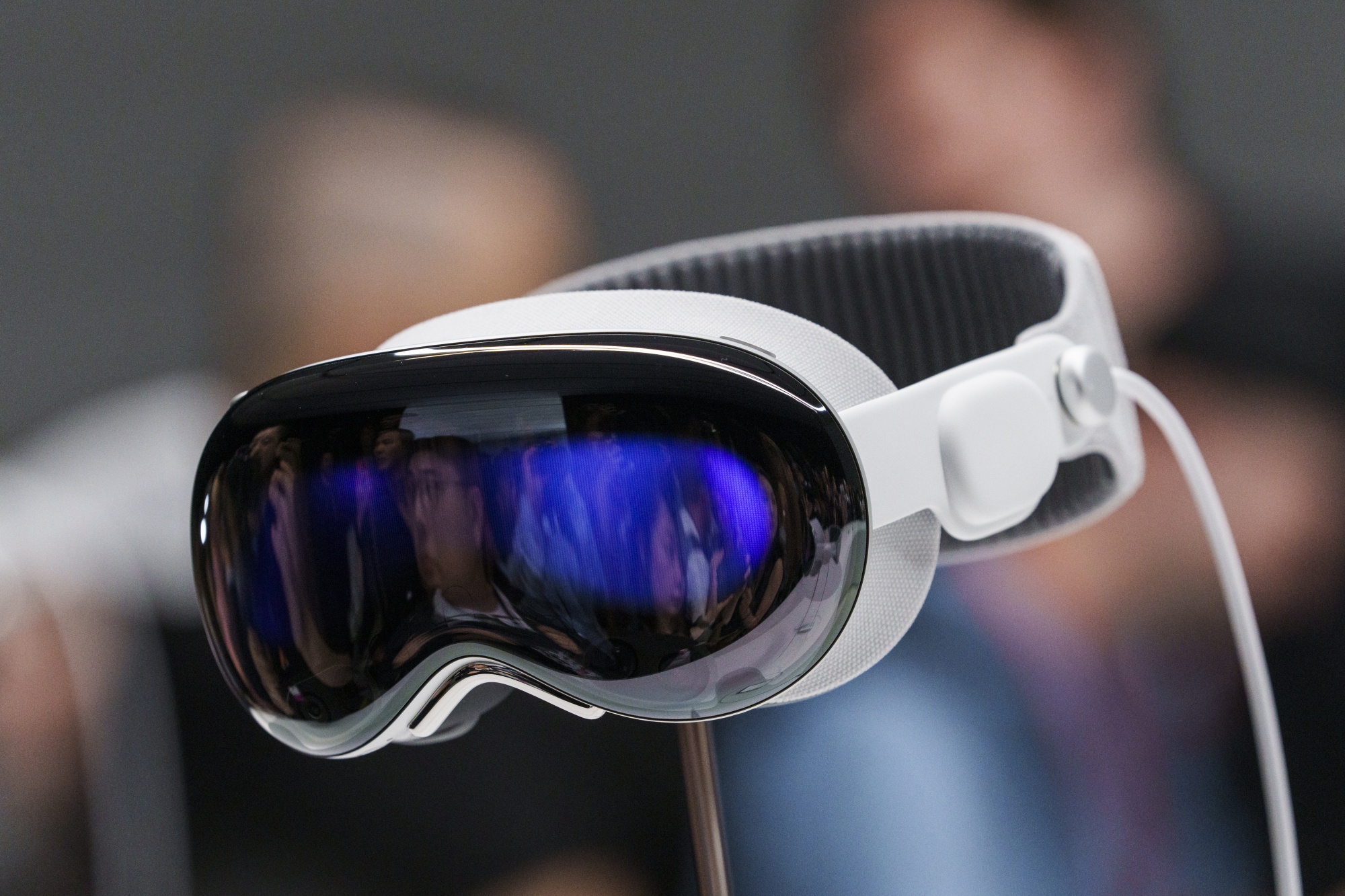
Integration of Apple Intelligence
Apple Intelligence is set to integrate into VisionOS, offering several key features:
-
Notification Prioritization: Users will benefit from AI-driven notification management, prioritizing important notifications for quicker access.
-
Writing Tools: Enhanced text editing options will be available, improving user experience for content creation.
-
OpenAI Chatbot: Powered by OpenAI, a chatbot will provide interactive assistance, enhancing user interaction within the mixed-reality environment.
-
Upgraded Siri: Siri will receive substantial upgrades, boosting responsiveness and functionality in mixed reality, addressing initial user feedback.
These features aim to enhance usability and efficiency, aiming to refine the Vision Pro experience.
Enhanced In-Store Demos
Apple is enhancing its in-store demos for the Vision Pro headset to better showcase its capabilities:
-
"Go Deeper" Option: Users can explore specific functions in-depth, whether testing office features or multimedia capabilities, offering a comprehensive demonstration.
-
Personal Media: Customers can now use their personal videos and photos during demos, providing a personalized experience and demonstrating the device's mixed-reality capabilities.
-
Panoramas and 3D Photos: VisionOS 2 will support viewing panoramas and converting 2D photos into 3D, enriching the demo experience with enhanced visual features.
-
Comfort Improvements: Apple has introduced the Dual Loop band during demos, prioritizing comfort with a new design aimed at improving user comfort and fit.
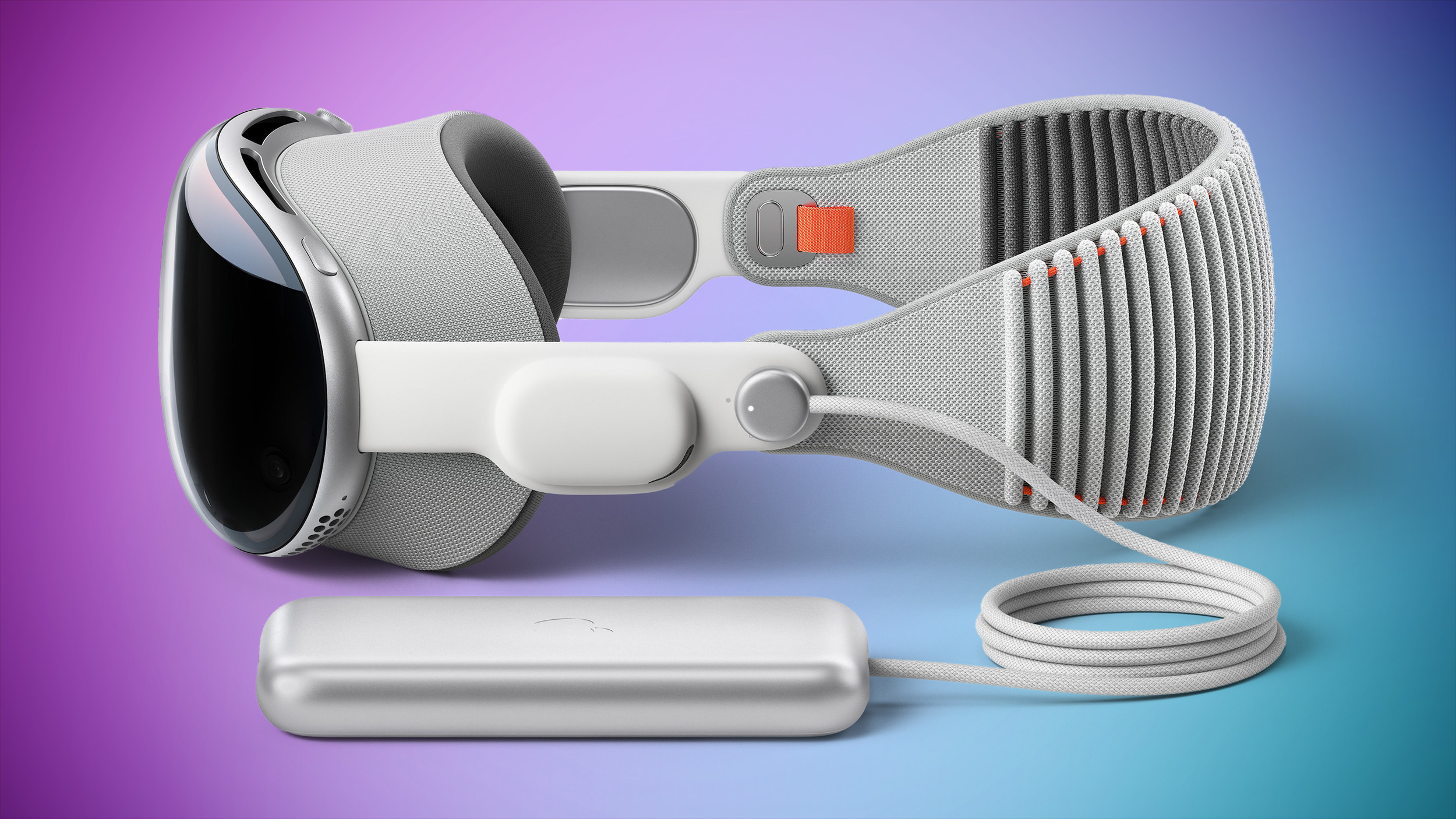
Future Vision Pro Models
Apple's future plans include releasing a more affordable version of the Vision Pro headset:
-
The new model aims to broaden the device's appeal by reducing costs while maintaining key functionalities.
-
Changes may include adjustments to component costs and transitioning to a tethered operation to achieve affordability.
-
Apple plans to address user feedback, particularly regarding the device's weight, to improve comfort and usability.
-
Despite potential cost reductions, Apple's commitment to innovation in Spatial Computing remains strong, promising continued advancements in mixed-reality technology.
These initiatives aim to make the Vision Pro more accessible and user-friendly, expanding its market reach beyond current limitations.
With inputs from agencies
Image Source: Multiple agencies
© Copyright 2024. All Rights Reserved Powered by Vygr Media.

